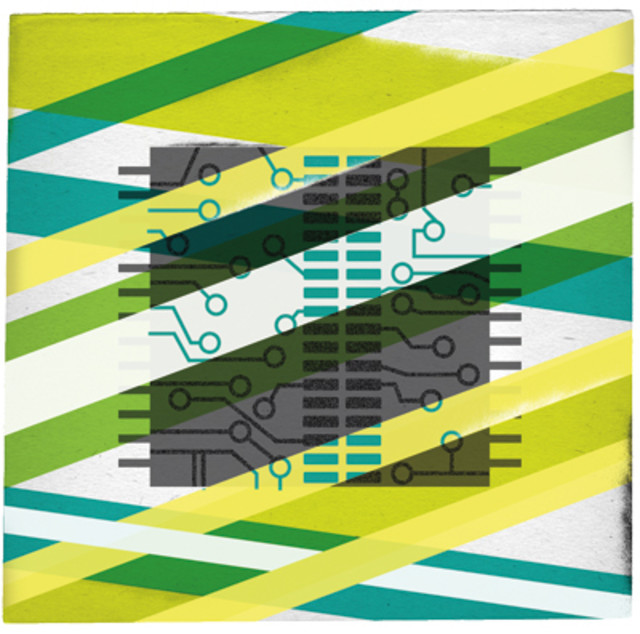UW Professors Rescue Moore’s Law

Here’s a factoid to put modern electronics in perspective: Intel’s first microprocessor in 1971 had the same computing power as the first computer, 1946’s room-size, steampunkish ENAC. Another measly generation later, and our smartphones can outspeed last generation’s Clay 1 supercomputer…by a factor of 10. And through tech revolution after tech revolution, Moore’s Law has been reliably marking time. Named after Intel cofounder Gordon Moore, it posits that the number of transistors on a microprocessor will double every 18 months.
That clockwork progress, though, is under duress. The light used to make microchips has been stuck on a wavelength of 193 nanometers—several times thinner than a human hair—because the next step is beyond difficult. Until recently, the only way to get next-generation extreme UV light, 13.5 nanometers in wavelength, was to fire a laser at molten tin, which is exactly as messy as it sounds.
Enter the new Seattle tech concern, Zplasma. UW professors and fusion experts Uri Schumlak and Brian Nelson applied what they call a “sheared Z-pinch.” They compress ionized xenon gas just so to make a reliable source of EUV light, which, according to Zplasma CEO Henry Berg, is the missing piece in the puzzle for the semiconductor industry. Previous light sources “didn’t produce enough light to make the chips profitable,” says Berg. Zplasma’s innovation is “much more efficient, and cheaper.”
While ergonomics dictate that our phones and computers can only get so small, the way looks clear for them to become radically more powerful. Zplasma plans to ship the technology within two years, and chips made with the new method would show up in consumer electronics soon after. Nobody can begrudge Moore, now an 83-year-old billionaire, yet another “I told you so.”




